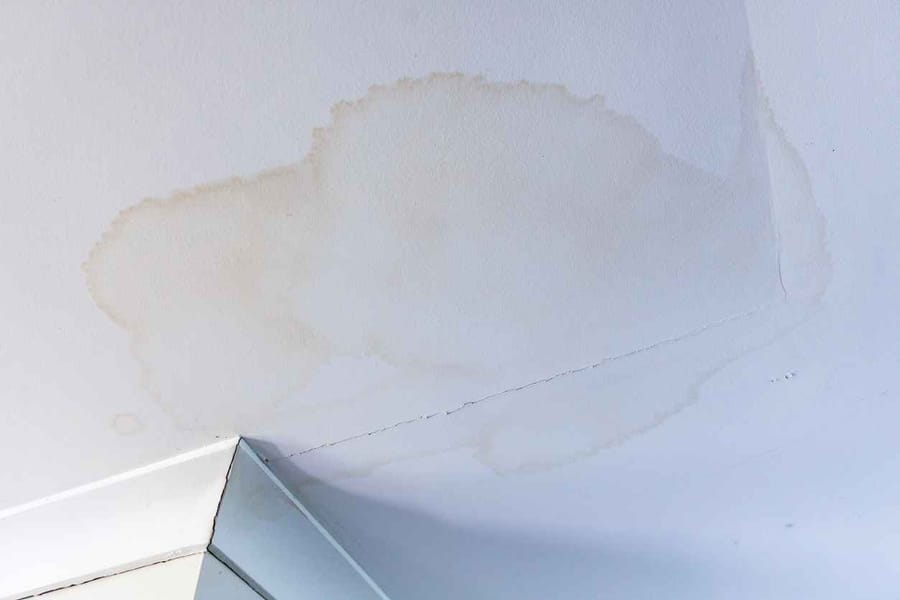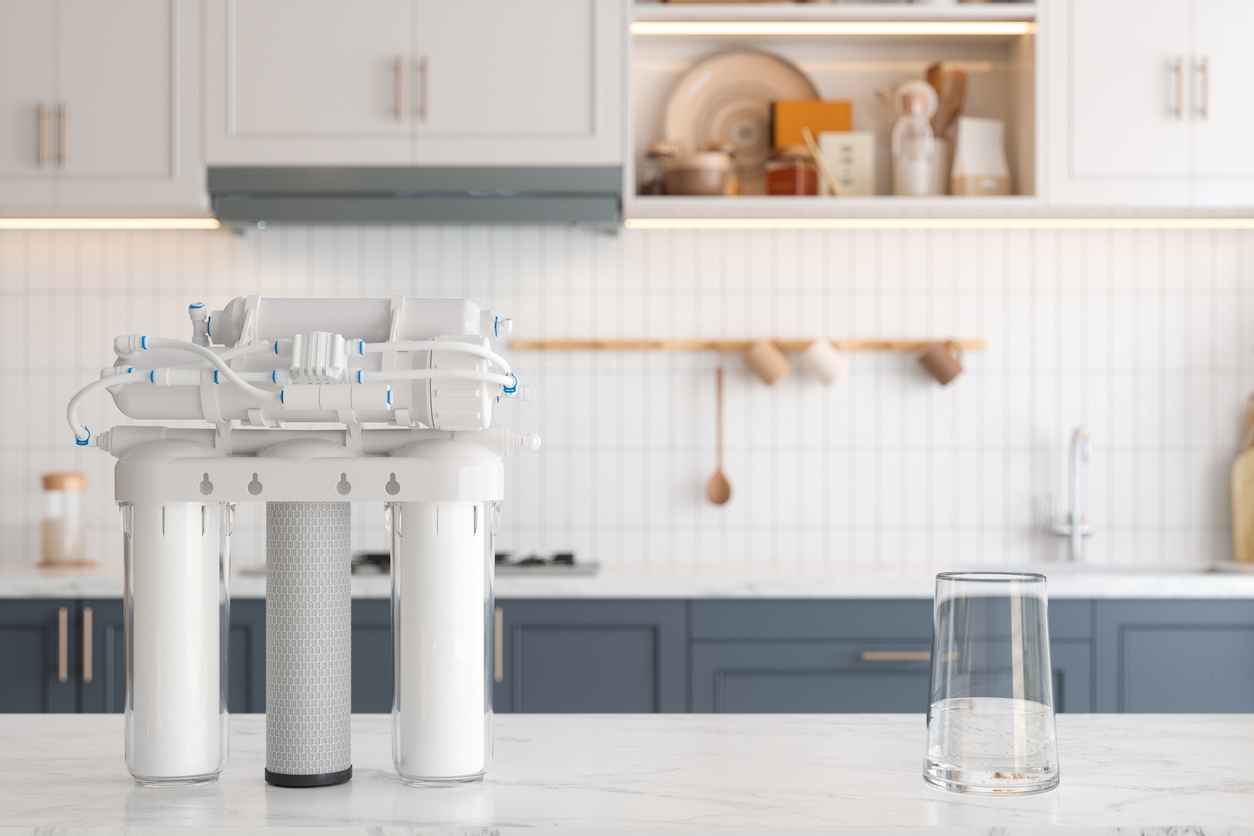
Why Won’t My Toilet Flush
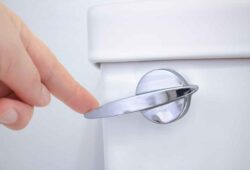
Few things throw off your day like a toilet that just won’t flush. Whether it’s barely swirling, not draining at all, or refilling too slowly, toilet trouble always seems to strike at the worst possible time. What’s worse—ignoring it can lead to water damage, wasted water, or more serious plumbing issues. Fortunately, most flushing problems are caused by common culprits that are easy to identify.
In this blog, we’ll walk you through the top reasons your toilet might not be flushing and what you can do to fix it. From minor clogs to tank problems, here’s how to get things flowing again—fast.
Common Reasons Your Toilet Won’t Flush
A toilet that won’t flush isn’t always a disaster—but it is a sign that something isn’t working the way it should. The good news? Most causes are easy to spot once you know what to look for.
Clogged Drain or Toilet Trap
One of the most common reasons for flushing failure is a clog. Toilet paper, too much waste, or non-flushable items (like wipes, feminine products, or small objects) can get stuck in the trap or drainpipe.
Signs of a clog:
- Water rising too high in the bowl
- A weak or incomplete flush
- Gurgling sounds from other drains when you flush
Low Water Level in the Tank
Your toilet needs enough water in the tank to generate a strong flush. If the tank doesn’t fill to the correct level, the flush won’t clear the bowl.
Possible causes:
- A faulty fill valve
- A misadjusted or waterlogged float
- A partially closed water supply valve
Flapper Problems
The flapper is the rubber piece at the bottom of the tank that lifts when you flush. If it’s warped, worn out, or not lifting properly, it won’t release enough water to power the flush.
Watch for:
- Chain too loose or too tight
- Flapper sticking or not sealing
- Water running continuously after flushing
Blocked Rim Holes or Jet
Your toilet bowl rim has small holes that help distribute water during a flush. If those holes—or the siphon jet at the bottom of the bowl—get clogged with mineral buildup, you’ll get a weak or slow flush.
DIY Troubleshooting Steps
Before you call in the pros, there are a few things you can try at home to get your toilet flushing again. These simple checks and fixes can often solve the issue quickly—and save you a service call.
Check for Visible Blockages
- Use a plunger to create a tight seal and push the blockage through with a few firm plunges.
- If that doesn’t work, try a toilet auger (closet snake) to break up deeper clogs.
- Avoid chemical drain cleaners—they can damage your toilet and pipes, especially with repeated use.
Inspect the Tank Components
Lift the lid on your toilet tank and take a look inside:
- Check the water level: It should sit about an inch below the top of the overflow tube.
- Test the flapper: Make sure it’s lifting and sealing properly when you flush.
- Look at the chain and float: Adjust if the chain is too loose or too tight. The float should rise freely as the tank fills.
Replacing a flapper, adjusting the float, or tightening a loose chain are all quick fixes you can do with basic tools.
Clean the Rim Holes
If your flush seems weak, the problem might be buildup where you can’t see it.
- Use a small wire or old toothbrush to scrub the holes under the rim of the toilet bowl.
- For stubborn buildup, pour white vinegar into the overflow tube and let it sit overnight.
- Flush in the morning to rinse away loosened debris.
These simple steps can restore flush strength and help maintain performance.
When to Call a Professional Plumber
While many toilet issues are DIY-friendly, some problems need a professional’s tools and experience to solve properly. If you’ve tried the basics and your toilet still isn’t working right, it may be time to call in the experts.
Here are signs it’s time to contact Brian B. Quick Plumbing:
- Recurring clogs: If plunging works temporarily but the problem keeps coming back, there could be a deeper blockage in the drain line.
- Low water pressure throughout the house: This could point to a broader plumbing issue—not just a toilet problem.
- Cracks in the toilet tank or bowl: These can cause leaks or make flushing unreliable and unsafe.
- Toilet won’t refill or runs constantly: Even after adjusting the float and flapper, some fill valve or flush mechanism issues require replacement.
- You suspect a sewer line or venting problem: Gurgling sounds, frequent clogs, or foul odors can signal a more serious issue beyond your toilet.
Plumbing issues are easiest (and cheapest) to fix when caught early—so if you’re unsure, it’s better to be safe than sorry.
Tips to Prevent Future Flushing Problems
A little maintenance goes a long way when it comes to keeping your toilet in top working order. These simple habits can help you avoid frustrating flushing issues and extend the life of your plumbing:
- Only flush toilet paper: Avoid flushing wipes (even “flushable” ones), paper towels, feminine products, or anything else that doesn’t dissolve easily.
- Keep the tank parts in good shape: Check your flapper, fill valve, and float once a year. Replacing worn parts is easy and inexpensive.
- Clean regularly to prevent buildup: Use gentle toilet cleaners to prevent mineral deposits from clogging rim jets and siphon holes.
- Watch your water pressure: If it seems too high or too low, it could affect how your toilet refills and flushes.
- Install a water softener if needed: In areas with hard water, mineral buildup can impact toilet function and shorten the life of internal parts.
- Schedule plumbing inspections: A licensed plumber can spot early signs of trouble and help you stay ahead of major issues.
A properly maintained toilet saves water, prevents backups, and gives you peace of mind every time you flush.
Don’t Let a Flushing Problem Ruin Your Day
When your toilet won’t flush, it’s more than just an inconvenience—it’s a sign that something’s wrong inside your plumbing system. From clogs and faulty flappers to low tank water or hidden buildup, the causes can vary—but the goal is always the same: get your toilet working again quickly and reliably.
Some fixes are easy to tackle on your own, while others require a trained eye and the right tools to avoid bigger (and messier) problems. Knowing when to DIY and when to call for help is key to keeping your plumbing in good shape.
If your toilet still won’t flush, or if you want it fixed fast and fixed right, contact Brian B. Quick Plumbing today. We’re here to help with reliable, affordable solutions—right when you need them.

Excellent Plumbing Maintenance

Recent Posts
Contact Us
for Your Home Improvement Needs
Home Improvement Contact
Why Choose Brian B. Quick?
We Provide Excellent Customer Service and High-Quality Products for Lasting Results
- Family-owned and operated
- 4th Generation Master Plumbers
- Licensed and certified
- Upfront and fair pricing
- Open 24/7
- No travel or overtime fees
- Recognized by BBB, Angi, and PHCC
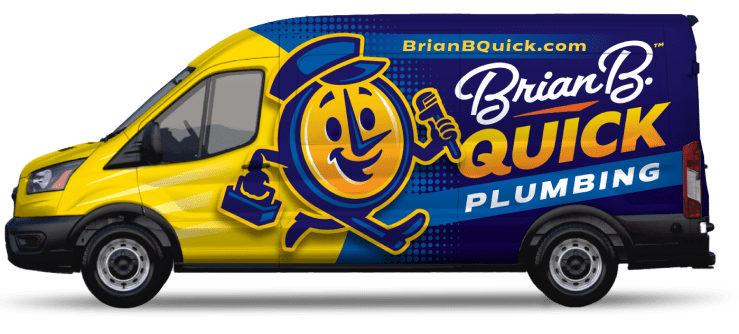

Serving the Washington Metropolitan Area: Potomac, Beltsville, Silver Spring, Washington, DC and Bowie
Serving the Baltimore Metropolitan Area: Gaithersburg, Germantown, Rockville, Baltimore, Ellicott City, Glen Burnie, Columbia, Towson, Dundalk, Pikesville, Middle River, Odenton, and more!

